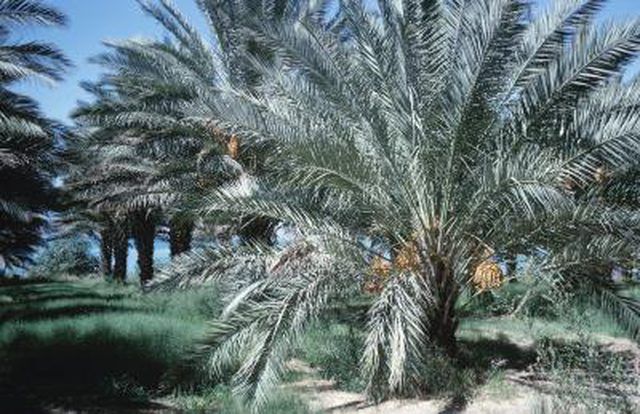Bulbs
Flower Basics
Flower Beds & Specialty Gardens
Flower Garden
Garden Furniture
Garden Gnomes
Garden Seeds
Garden Sheds
Garden Statues
Garden Tools & Supplies
Gardening Basics
Green & Organic
Groundcovers & Vines
Growing Annuals
Growing Basil
Growing Beans
Growing Berries
Growing Blueberries
Growing Cactus
Growing Corn
Growing Cotton
Growing Edibles
Growing Flowers
Growing Garlic
Growing Grapes
Growing Grass
Growing Herbs
Growing Jasmine
Growing Mint
Growing Mushrooms
Orchids
Growing Peanuts
Growing Perennials
Growing Plants
Growing Rosemary
Growing Roses
Growing Strawberries
Growing Sunflowers
Growing Thyme
Growing Tomatoes
Growing Tulips
Growing Vegetables
Herb Basics
Herb Garden
Indoor Growing
Landscaping Basics
Landscaping Patios
Landscaping Plants
Landscaping Shrubs
Landscaping Trees
Landscaping Walks & Pathways
Lawn Basics
Lawn Maintenance
Lawn Mowers
Lawn Ornaments
Lawn Planting
Lawn Tools
Outdoor Growing
Overall Landscape Planning
Pests, Weeds & Problems
Plant Basics
Rock Garden
Rose Garden
Shrubs
Soil
Specialty Gardens
Trees
Vegetable Garden
Yard Maintenance
How to Remove Black Fungus on Palm Trees
How to Remove Black Fungus on Palm Trees. False smut, also known as graphiola leaf spot, is caused by a fungus that feeds on plant tissue. The fungus presents as small, rough black spots covering older leaves and stems. Date palms are the types most often affected by false smut, but almost any palm is susceptible during long periods of high...

False smut, also known as graphiola leaf spot, is caused by a fungus that feeds on plant tissue. The fungus presents as small, rough black spots covering older leaves and stems. Date palms are the types most often affected by false smut, but almost any palm is susceptible during long periods of high humidity, as these conditions favor fungal spread. According to the University of Florida, infections of false smut are rarely damaging beyond affecting the cosmetic value of the plant.
Water only in the morning so moisture can dry before cooler night temperatures set in. Additionally, avoid getting leaves wet when you water.
Remove infected leaves to reduce the chance of spreading the disease.
Thin plantings to improve airflow if false smut is a persistent problem. Overcrowding prevents air from drying foliage and increases humidity. Palms in these conditions are at continued risk, and some may need to be removed to improve the overall health of the landscape.
Apply a foliar fungicide containing copper hydroxide if cultural practices don't help clear up the infection. Always read and follow the manufacturer's directions carefully when using a fungicide.
Tips & Warnings
The University of Florida cautions against removing too many diseased leaves if your palm is already suffering from a nutrient deficiency. Removing leaves on a nutrient-starved palm could do more damage than would simply allowing the fungus to run its course.